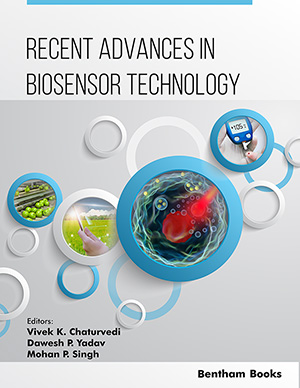Abstract
The design and construction of any algal photobioreactor is a complex multi-parametric problem, with successful examples requiring the consideration of many different factors. In practical terms, this means that most feasible cultivation platforms require a compromise between biotic, abiotic and economic factors. As a result, most of the successful designs are found commercially prompt to maximise favourable parameter ranges within practical cost limits. The end result is the construction and subsequent operation of the photobioreactor within a multi-parametric ‘sweet-spot’, which will vary dependent on the production process and end product. Such cost considerations are particularly important for the production of lower value commodities such as biofuels, which are yet to achieve economical production at scale. Considering these aforementioned constraints; 60 years of photobioreactor design and production have resulted in several general blue-prints for larger scale algal production platforms. Despite this fact, most of the photobioreactors in successful operation, today, can be categorised as having characteristics that are based on a relatively limited repertoire of basic designs and construction materials. The most common separation is between open and closed systems which differ fundamentally in their levels of parameter control and cost base. Further configurational commonalities can be seen in many examples and are most notable in their external appearances. The most common photobioreactor systems are horizontal tubular, vertical column, panel or plate and pond based systems.
Keywords: Photobioreactor, Biofuel, Algae, Bubble column, Flat plate, Airlift, Tubular, Serpentine, Manifold, Horizontal, Vertical, Turbulent, Light path, Mass transfer.

















